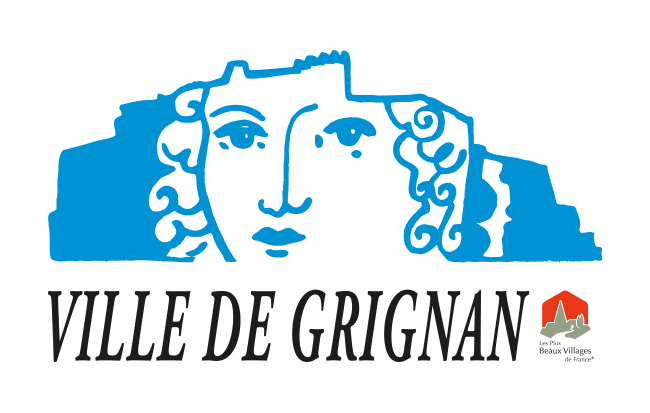You find yourself on the banks of the Lez, a Mediterranean-type river that originates from the Lance mountain to flow into the Rhône. The Lez is characterized by extreme variations in flow, with sudden floods and periods of severe drought. For example, in September 1993, the region experienced heavy flooding with precipitation reaching a hundred millimeters in less than an hour. Conversely, the drought of 2022 resulted in a 60% drying up of the river’s length, which extends over approximately 75 km.
Around you, you can observe a « ramière, » also called riparian vegetation. This is the vegetation that borders the river, playing a crucial role in water absorption for groundwater recharge. During floods, this vegetation helps limit the power of the Lez and absorb overflowing water. The « ramière » is also essential for local biodiversity, providing habitat for many species of fauna and flora. It helps regulate water temperature in summer through shading, thus allowing many fish to thrive.
The Lez is home to various species of fish, including the minnow, bleak, southern barbel, chub, trout, and sometimes eels. Among these species, three are particularly noteworthy. The southern barbel, a threatened species, adapts better to higher temperatures due to its smaller, stockier size. It is often found in low or medium mountain rivers. The eel, a large migratory fish, is in danger of extinction due to fishing pressure on its juveniles (elvers) and the numerous obstacles to its migration. Finally, the Mediterranean brown trout, an iconic fish, naturally reproduces up to Grignan, with spawning visible from December to January. It prefers colder waters compared to those preferred by the southern barbel.
In the face of climate change, preserving the water resource is crucial for the survival of the river. It is essential to fairly share this resource and save every drop. The survival of the Lez and its ecosystem depends on it, constituting a major challenge for the future.

